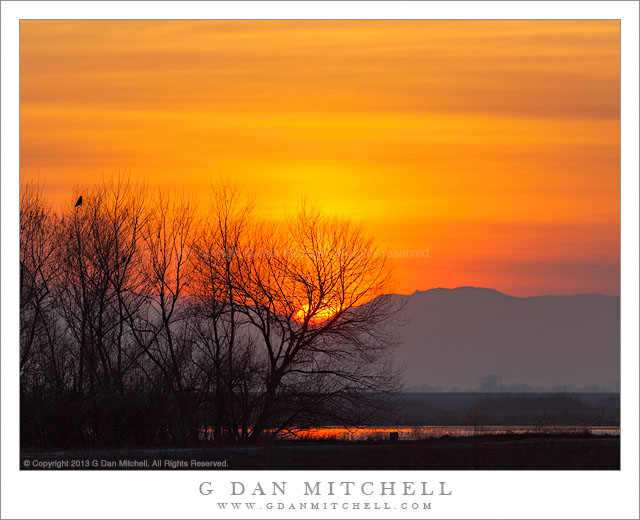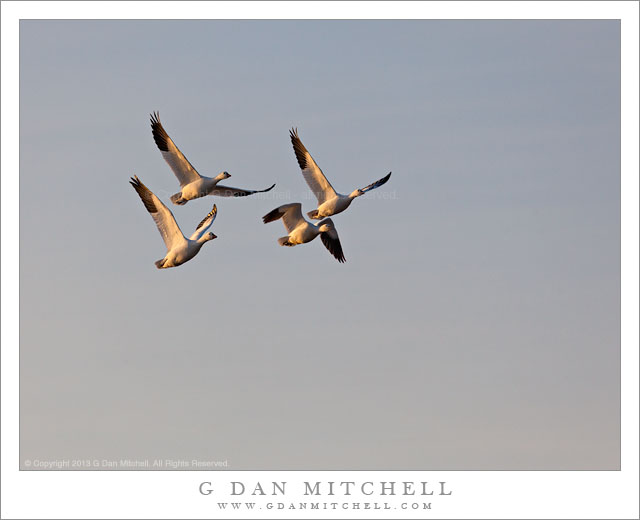Fall Aspen Color, Boulder Mountain. Dixie National Forest, Utah. October 6, 2012. © Copyright 2013 G Dan Mitchell – all rights reserved.
Brilliant autumn aspen color on Boulder Mountain, Utah
I produced a lot of photographs in the state of Utah in 2012. Although I had not photographed there before (as astonishing of an omission as that seems!) I think I did a pretty good job of making up for lost time. I made three visits to the state, one in spring and two in the fall, and spent a total of about 35 days on the road to, from, and within Utah. I plan to go back!
On that first spring visit we drove over the shoulder of Boulder Mountain between the Escalante and Torrey areas before the new spring foliage had yet come to the extensive aspen groves found in that area. Being an aspen aficionado I could imagine what these slopes must be like in the fall when the foliage changes, and we made a plan to try to pass by here again in the autumn. Not being completely familiar with the seasonal patterns in this part of the country, we might have been just a bit late for peak Utah color – in general we saw brilliant aspen color in many places, but it had already passed at the higher locations, and we soon learned that the cottonwood color comes a bit later in the month. So when we left the town of Boulder to follow the road up and over the Boulder Mountain area, we had a combination of some brilliantly colorful groves at the lower and perhaps middle elevations and higher groves that had more or less completely dropped their leaves. That is the scene in this photograph, made in early evening light on a day when there were some high clouds – and the shockingly colorful foreground trees are backed by the bare trunks of winter aspens higher up the slopes of the mountain.
 G Dan Mitchell is a California photographer and visual opportunist whose subjects include the Pacific coast, redwood forests, central California oak/grasslands, the Sierra Nevada, California deserts, urban landscapes, night photography, and more.
G Dan Mitchell is a California photographer and visual opportunist whose subjects include the Pacific coast, redwood forests, central California oak/grasslands, the Sierra Nevada, California deserts, urban landscapes, night photography, and more.
Blog | About | Flickr | Twitter | Facebook | Google+ | 500px.com | LinkedIn | Email
Text, photographs, and other media are © Copyright G Dan Mitchell (or others when indicated) and are not in the public domain and may not be used on websites, blogs, or in other media without advance permission from G Dan Mitchell.



